Luyken Family Association
Karl Luyken (1874-1947)
|
• Name index • Home • Contact • German On Karl Luyken: • Biography • Picture gallery • Kerguelen-Expedition • Germann South Pole Expedition • Links Ludwigshafen, 26.7.2009 |

|
|
Ernst Arnold Philipp Karl Luyken, Generation 10, Ref.Nr. 10-044 (BK0357) Branch WA-E Born: 13.2.1874 in Pawelwitz near Breslau (then Germany, now Poland) Died: 18.5.1947 in Wüsten bei Herford (Germany) (Age: 73 years) Occupation: Dr. phil, studied technology and physics, government council, member of the patent office of the Reich, associate professor at the Technical Highschool in Berlin Father: Edmund Luyken Mother: Elisabeth Meister Spouse: Carola von Nordheim Married: 19.4.1906 in Herford (Germany) Children: • Karl-Heinz Luyken (1907-1980) • Elisabeth Luyken (1909-1941) |
|
Biography Karl Luyken
Karl was very engaged in the family associaton and known as "Chronicle-Karl". As a chairman of the family association
he was responsible for the publishing of the family bulletins from the first issue in 1921 to the last issue 1941
before the outbreak of World War II. |
Top of page / German
Picture Gallery Karl Luyken
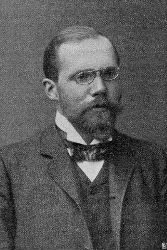 Source: Erich v. Drygalski "Zum Kontinent des eisigen Südens", Berlin 1904 |
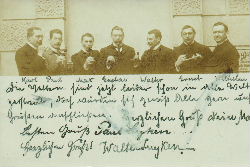 "The Luyken-Cousins" Karl, Paul, Max, Gustav, Walter, Ernst (?), Wilhelm (?) The cousins are unfortunately all gone in all wind directions but surely they would like to join our greetings. Sincere greetings your Max Best greetings Paul Luyken Sincere greetings! Walter Luyken |
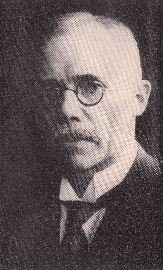 |
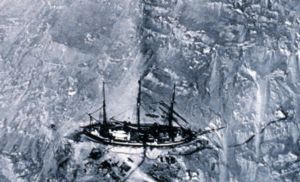 March 29th 1902 The ship "Gauss" locked in the ice. This picture, taken from a baloon is the first aerial photo from Antarctica. |
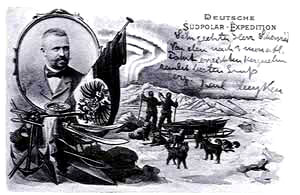 Card sent by Karl |
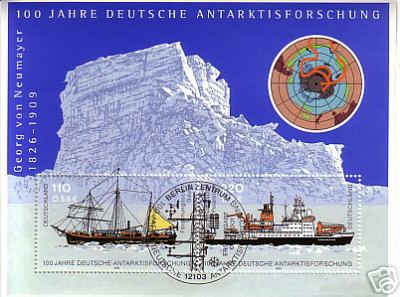 German post stamp 100 Years German Antractic exploration |
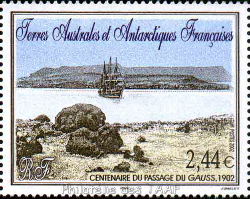 French post stamp 100 Years of the expedition |
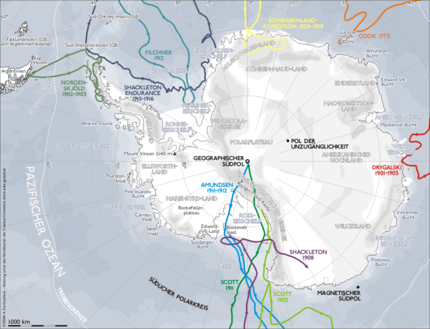 Map of Antarctica with the most important expeditions Right in red: Drygalski's expedition Source: Wikipedia |
Top of page / German
|
German South Pole Expedition
• Report by Karl about the Kerguelen expedition at the 14th German Geographer's Meeting in Berlin (1903)
The Gauss was a well known polar ship which brought the German South Pole Expedition to Antartica for the journey of 1901-1903. |
Top of page / German
|
Links Karl Luyken
Internal links |
Top of page / German